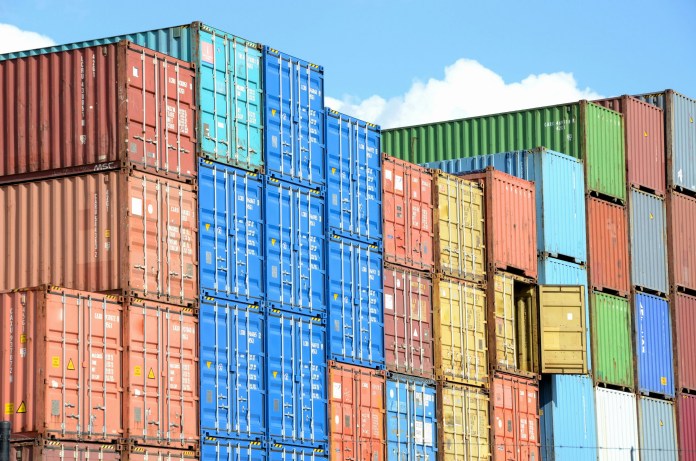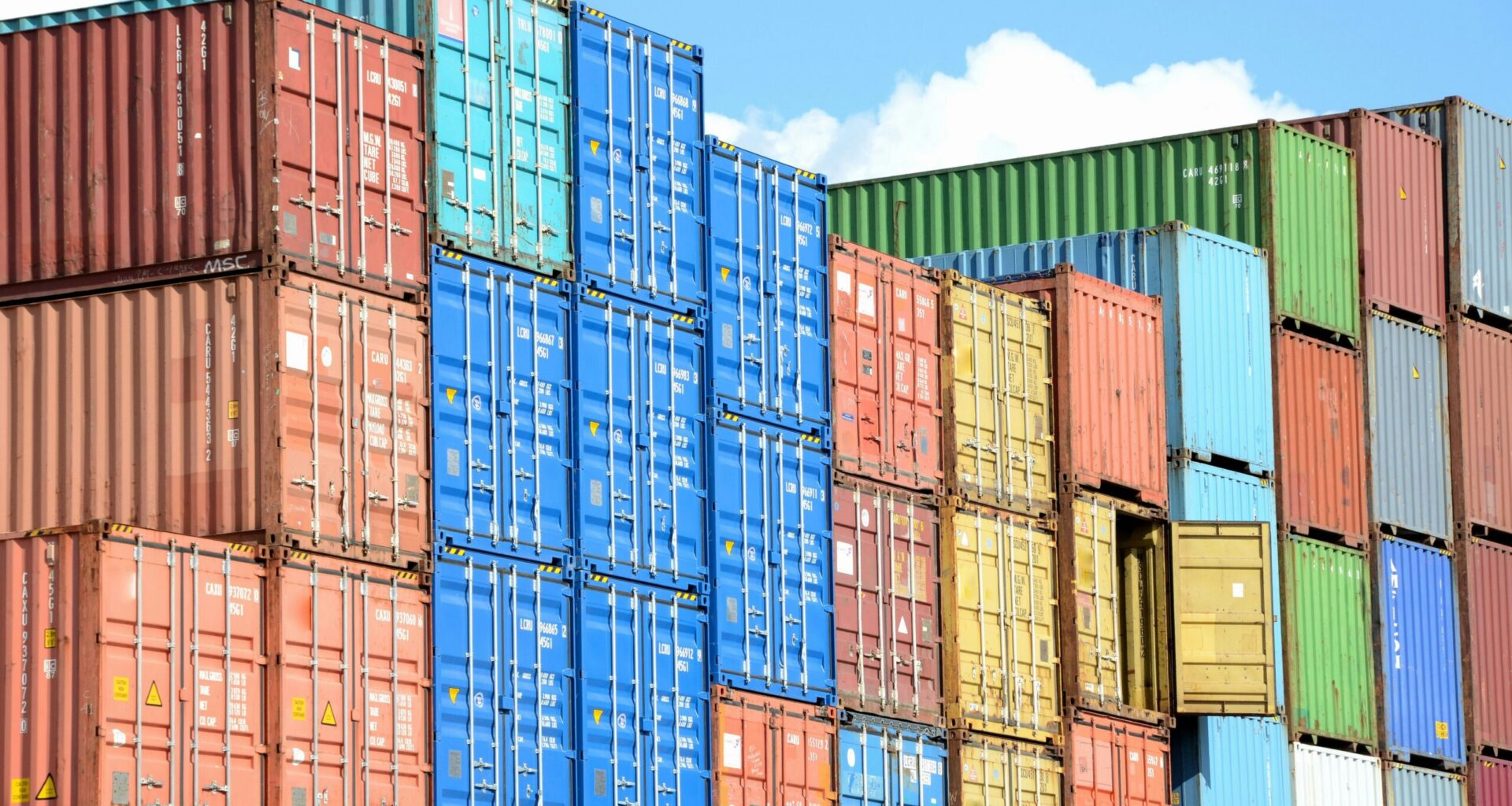Exporting from Northern Ireland to European markets has become more complex in recent years. Businesses must navigate new rules, adapt to evolving transport routes and ensure that every shipment meets the necessary documentation and compliance standards. While these requirements can seem overwhelming at first, the right preparation and choice of partners can transform challenges into opportunities for growth.
The Current State of Northern Ireland Exports to Europe
Northern Ireland’s exporters operate in a competitive yet opportunity-rich environment. Businesses in manufacturing, agriculture and food processing are finding ways to adapt to shifting market conditions while expanding their reach into Europe. Working with reliable freight partners makes a significant difference in ensuring goods move smoothly across borders. Choosing trusted providers, such as those offering logistics from Baxter Freight, can help companies streamline the movement of products while reducing the risk of delays.
Special market access arrangements allow Northern Ireland to trade with the EU while remaining part of the UK customs territory. This dual position offers unique opportunities, but it also demands a careful approach to documentation, product compliance and route planning. Exporters who invest time in building strong supply chain relationships are better placed to take advantage of this distinctive status.
 Photo by Paul Teysen on UnsplashNavigating the Windsor Framework for European Trade
Photo by Paul Teysen on UnsplashNavigating the Windsor Framework for European Trade
The Windsor Framework sets out the main processes for moving goods between Northern Ireland and the EU. It simplifies certain aspects of trade while ensuring both the UK and EU markets maintain their standards. Businesses benefit from fewer checks than those experienced in trade from Great Britain to the EU, but correct documentation remains essential.
Exporters must ensure every shipment complies with the relevant standards and that all paperwork is accurate and complete. This can include commercial invoices, packing lists and product certificates. For food products, health certification and proof of compliance with EU regulations are mandatory. Careful attention to these details helps prevent costly delays at borders and ensures products reach their destinations on time.
Preparing Essential Documentation
Documentation requirements vary depending on the nature of the goods being exported. Manufacturers may need proof of product origin, while agricultural producers will require evidence of meeting food safety and hygiene rules. Certificates of origin, packing lists and regulatory compliance documents must be prepared with precision.
Adopting digital customs systems allows exporters to streamline these processes. Platforms that integrate directly with customs authorities can reduce paperwork, speed up processing and give businesses greater control over their shipments. Freight partners with established digital capabilities are particularly valuable in ensuring these systems work seamlessly.
Selecting the Right Transport Options
Exporters can choose between road, sea and air freight depending on their needs. Road and sea freight are typically more cost-effective for large shipments, while air freight is ideal for urgent deliveries. For some businesses, combining these methods through a multimodal approach provides the right balance between speed and cost.
Another key factor is choosing the most suitable port. Belfast Port connects exporters directly to mainland UK, helping with onward distribution, while Dublin Port offers frequent sailings to European destinations. The choice often comes down to service frequency, departure times, and onward connections at the receiving port. Careful selection ensures goods arrive quickly and without unnecessary disruption.
Sea Freight Routes from Northern Ireland
Northern Ireland offers several sea freight routes to Europe. Belfast and Dublin provide access to major continental ports, while Larne connects to wider networks via Cairnryan. Transit times and sailing frequency differ across these routes, so exporters must match their schedules to the needs of their customers.
Planning around established timetables and booking in advance helps avoid congestion and missed departures. This approach allows exporters to maintain a steady flow of goods to their European partners and consistently meet delivery deadlines.
Meeting Sustainability Requirements in Export Logistics
Environmental regulations are shaping the way businesses approach logistics. The EU has introduced measures to track and reduce carbon emissions linked to imported goods, and exporters trading with the EU must comply.
Measuring and reporting carbon output requires accurate data on transport methods, distances and shipment weights. Integrating emissions tracking into everyday logistics planning ensures businesses meet these regulations while exploring more sustainable transport options.
Sustainability efforts can include consolidating shipments to make better use of space, switching to lower-emission transport modes where possible and optimising routes to reduce travel distance. Freight partners with experience in environmental compliance can advise on strategies that improve efficiency while meeting regulatory demands.
Building Resilience for Continued Trade Success
Exporting from Northern Ireland to Europe demands adaptability, knowledge and strong partnerships. Businesses that understand the rules, prepare documentation correctly and select transport routes strategically can strengthen their market position.
The key lies in combining regulatory compliance with efficient logistics planning. This not only ensures products arrive as expected but also positions companies to expand their reach and build stronger relationships with European buyers.
Take Your Export Strategy Further
Establishing a reliable and efficient export process is essential for long-term growth in European markets. By staying informed on regulatory changes, choosing the right transport options and partnering with experienced logistics providers, businesses can improve delivery times, reduce costs and open new opportunities. Now is the time to review your current approach and make the changes needed to compete more effectively across Europe.
Related
